Philippine Apitong Tree
- October 29, 2024
- 0 comment
The Philippine Apitong Tree, scientifically known as Dipterocarpus grandiflorus, is a crucial species within Southeast Asia’s tropical forests, particularly in the Philippines. Valued for its strong hardwood and ecological role, the Apitong Tree not only supports diverse wildlife but also enhances soil stability and fertility.
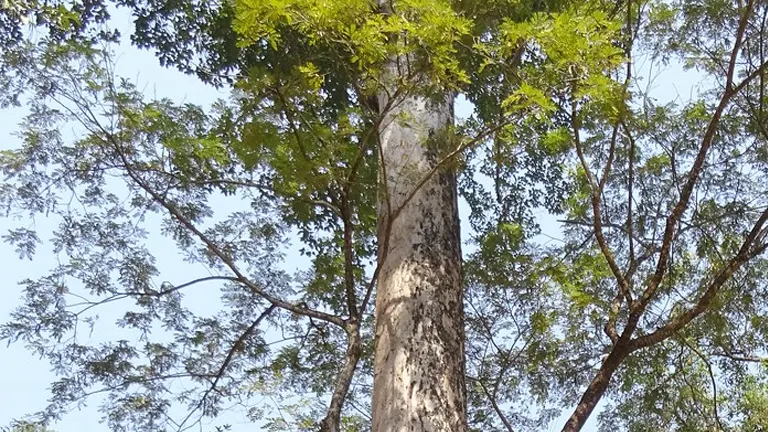
This tree belongs to the Dipterocarpaceae family, a group recognized for producing some of the world’s most durable timber. Due to its essential place in forest ecosystems and its contribution to biodiversity, the Apitong Tree stands as an emblem of the tropical landscape.
What Is a Philippine Apitong Tree?
The Philippine Apitong Tree is a towering evergreen tree, often reaching heights of up to 50 meters with a wide canopy that spreads out as it matures. Dipterocarpus grandiflorus is its scientific name, and it falls under the Dipterocarpaceae family, which encompasses many hardwood species native to Asia’s tropical rainforests. Known for its impressive size and durability, this tree has several distinguishing characteristics:
- Leaves: The leaves are large, leathery, and oblong, which helps the tree thrive in humid tropical climates by efficiently capturing sunlight and resisting dehydration.
- Flowers: Apitong produces fragrant, pinkish-white blooms that are small but abundant. These flowers attract pollinators and contribute to the forest’s biodiversity.
- Bark: The bark is rough and dark brown, often deeply furrowed, providing the tree with natural protection from environmental stressors.
The Apitong Tree is well-regarded for enriching soil health and providing a habitat for many species. It also has a long lifespan, with many trees living over 100 years, adding longevity to forest ecosystems.
Philippine Apitong Tree Species
Within the Dipterocarpus genus, there are several species of Apitong trees, each adapted to specific environments across Southeast Asia. Here are some common species:
Dipterocarpus Grandiflorus
This is the primary species found in the Philippines, notable for its large size and significant role in lumber production.
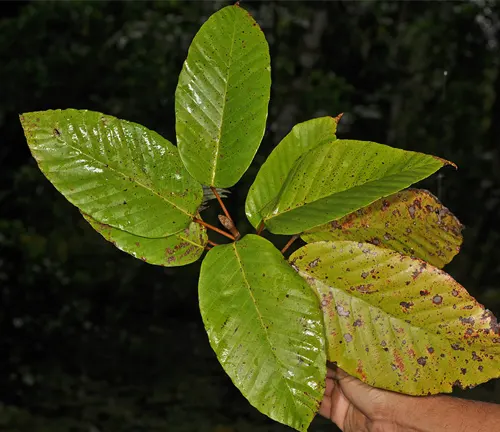
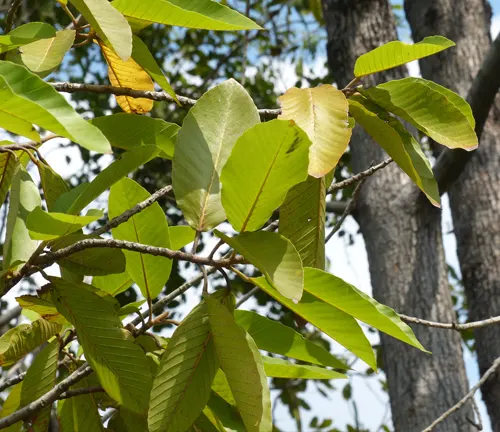
Dipterocarpus Alatus
Another prominent member, this species grows across Southeast Asia and is used for resin and wood production.
Dipterocarpus Turbinatus
Known as Garjan, this species is widely found in Myanmar and parts of India and Thailand.
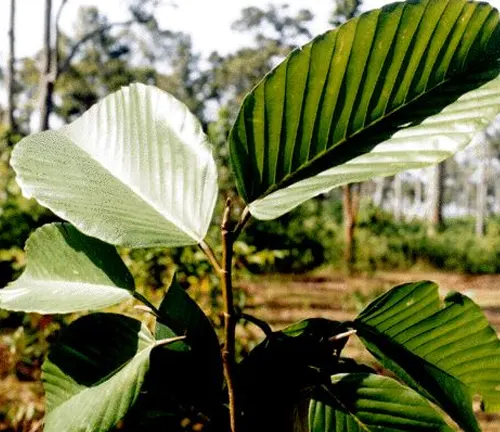
Each of these species varies slightly in size and preferred habitat, but all contribute to their native ecosystems by improving soil quality, regulating water cycles, and providing resources for wildlife.
Where Do Philippine Apitong Trees Grow?
The Philippine Apitong Tree thrives in the tropical rainforests of Southeast Asia, primarily the Philippines. It flourishes in hot, humid climates, where annual rainfall is high, and temperatures are relatively stable. Found at elevations up to 800 meters, these trees are adaptable to subtropical and tropical climates.
They require well-drained, loamy soil, making them well-suited to the rich forest floors in which they grow. Apitong trees are also known for their soil-stabilizing properties, as their roots prevent erosion and support the forest floor, creating a healthier environment for other plant and animal species.
How to Grow and Care for the Philippine Apitong Tree
For those interested in growing the Philippine Apitong Tree, here are some tips:
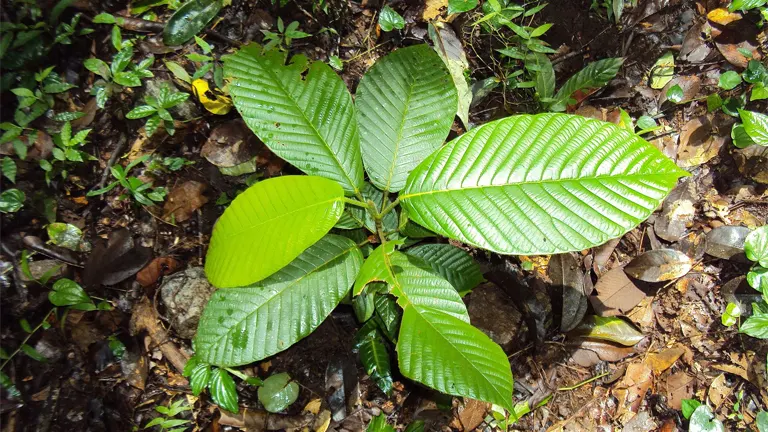
- Soil Requirements: Apitong trees prefer well-drained, slightly acidic loamy soil that mimics the natural tropical environment.
- Sunlight and Water Needs: They thrive in full sunlight and need consistent watering, especially in their initial growth stages.
- Propagation: These trees are typically grown from seeds, but they can also be propagated from cuttings.
- Maintenance: Pruning is minimal but recommended to remove any dead or diseased branches. Regular watering and soil quality checks are necessary for optimal health.
While challenging to grow outside of tropical climates, Apitong trees can be cultivated in controlled environments for research and conservation purposes.
Ecological Benefits of the Philippine Apitong Tree
The Philippine Apitong Tree plays a critical role in its ecosystem by enhancing biodiversity and supporting other life forms:
- Soil Quality: Apitong trees improve soil fertility through leaf litter decomposition, enriching the soil with nutrients.
- Erosion Control: The extensive root system of these trees binds soil and prevents erosion, particularly in areas with heavy rainfall.
- Habitat Creation: Apitong trees provide shelter and food for various animal species, including insects, birds, and mammals, making them integral to forest ecosystems.
Philippine Apitong Tree Flowering and Pollination
The Apitong Tree flowers seasonally, typically during the dry season. Its pinkish-white flowers emit a pleasant fragrance that attracts pollinators like bees, butterflies, and certain bird species. As these animals forage, they help spread pollen, ensuring genetic diversity and promoting the growth of future Apitong generations. The Apitong’s flowers also provide essential nectar for pollinators, making it a key species for sustaining insect populations in its native habitat.
Is the Philippine Apitong Tree Drought-Tolerant?
While adapted to wet tropical climates, the Philippine Apitong Tree has limited drought tolerance. During dry spells, the tree can conserve water by reducing leaf transpiration, but prolonged drought can weaken it. For cultivation in drier regions, consistent watering and shaded areas are recommended to prevent moisture loss and stress.
Philippine Apitong Tree and Wildlife Interactions
The Philippine Apitong Tree supports various wildlife, offering food and shelter to numerous species. Birds, insects, and small mammals often inhabit Apitong canopies, benefiting from the tree’s extensive branches and foliage. Additionally, Apitong bark provides a haven for certain insects, while its flowers attract pollinators. This tree’s fruit and seeds also feed local fauna, illustrating its importance in the food web.
Conclusion
The Philippine Apitong Tree, Dipterocarpus grandiflorus, is invaluable for biodiversity, forest conservation, and ecological health. Its contributions to soil enrichment, habitat creation, and erosion control highlight its importance in maintaining balanced ecosystems. Protecting and conserving Apitong trees is essential, not only for their role in tropical forests but also for their value to future generations. Through efforts in sustainable forestry and conservation, the Philippine Apitong Tree will continue to support a thriving, diverse natural world.
Frequently Asked Questions (FAQs)
- What is the Philippine Apitong Tree?
The Philippine Apitong Tree, or Dipterocarpus grandiflorus, is a large, hardwood tree native to Southeast Asia, particularly the Philippines, valued for its ecological role and durable wood. - Why is the Apitong Tree important to biodiversity?
It supports various species by providing food, shelter, and stabilizing soil, making it essential for tropical ecosystems and wildlife conservation. - Where does the Philippine Apitong Tree grow?
It thrives in the tropical rainforests of Southeast Asia, primarily in lowland areas of the Philippines, where there’s high humidity and consistent rainfall. - How can I grow a Philippine Apitong Tree?
Apitong trees need well-drained, loamy soil, full sunlight, and regular watering. They are usually propagated from seeds but can also be grown from cuttings. - Does the Philippine Apitong Tree improve soil quality?
Yes, its leaf litter enriches soil nutrients, and its roots help prevent soil erosion, supporting forest health. - Is the Apitong Tree drought-tolerant?
It has limited drought tolerance and requires consistent moisture, making it better suited to humid, tropical climates. - What animals depend on the Apitong Tree?
Birds, insects, and small mammals rely on Apitong trees for shelter, food, and as nesting sites, benefiting from its flowers, fruits, and canopy. - When does the Philippine Apitong Tree flower?
It typically flowers in the dry season, with fragrant, pinkish-white blooms that attract pollinators like bees and birds.


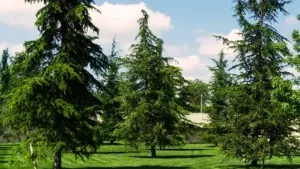
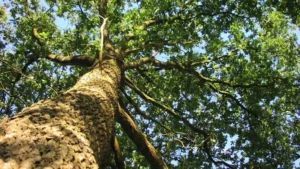
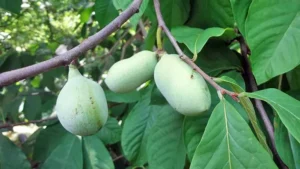
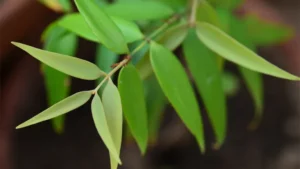
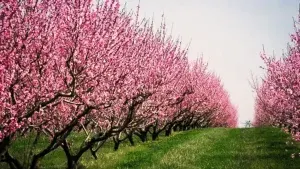
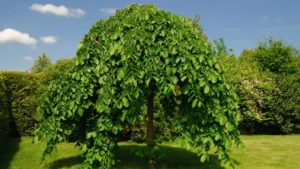
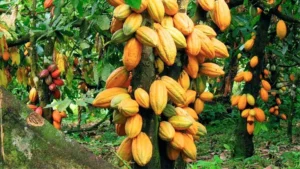

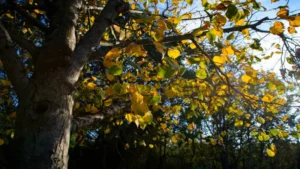
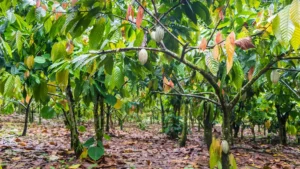
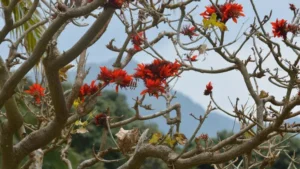
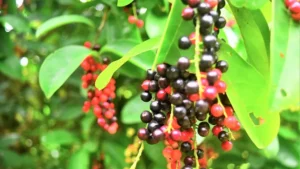
Leave your comment